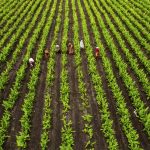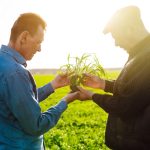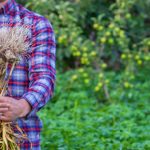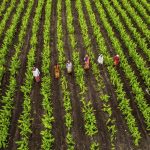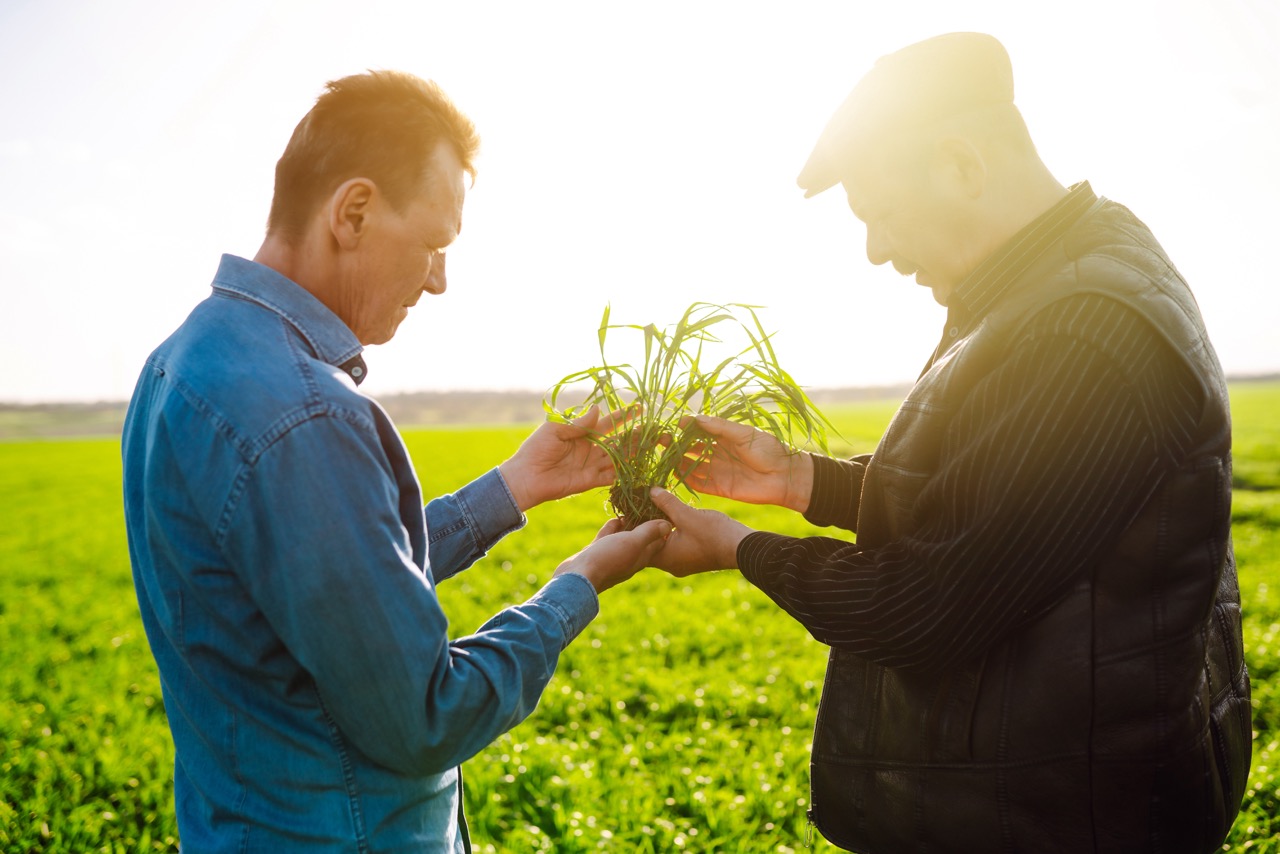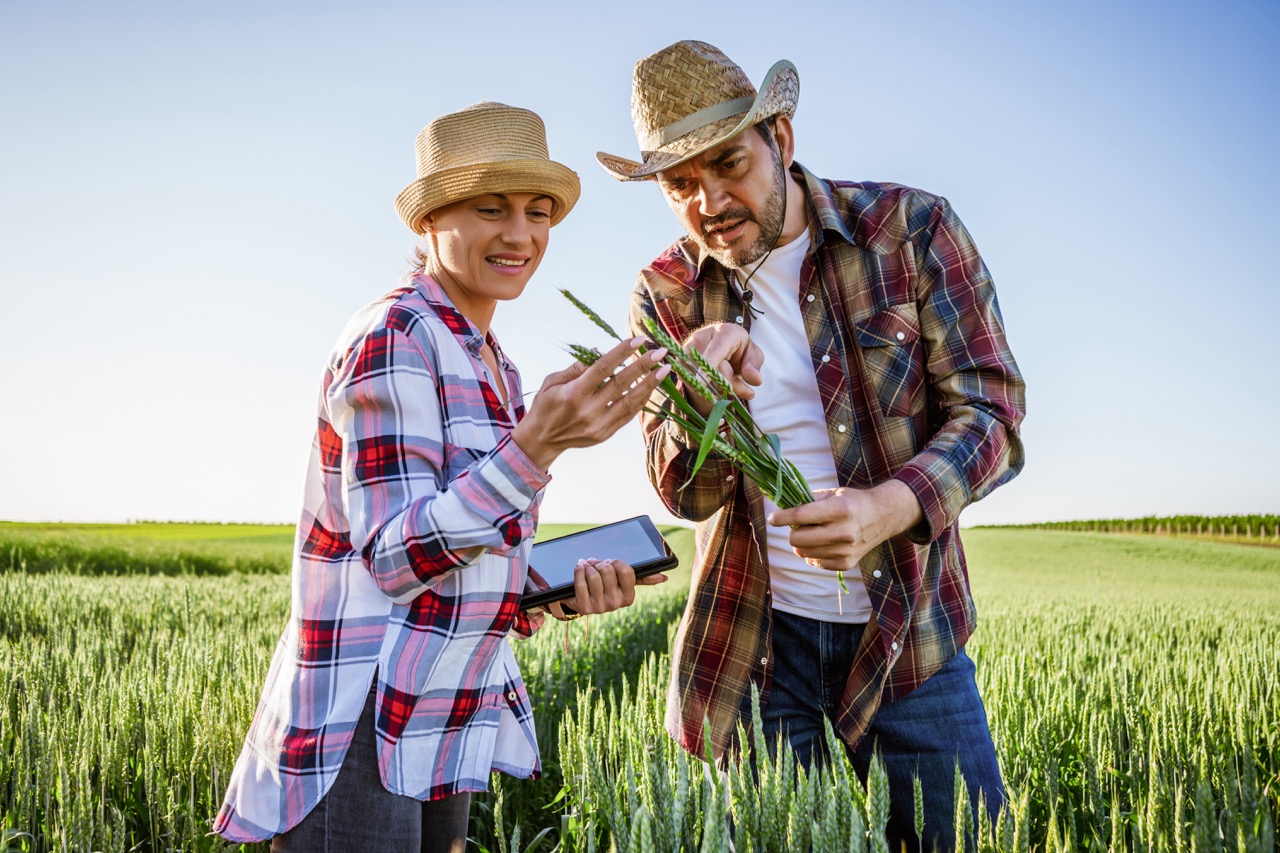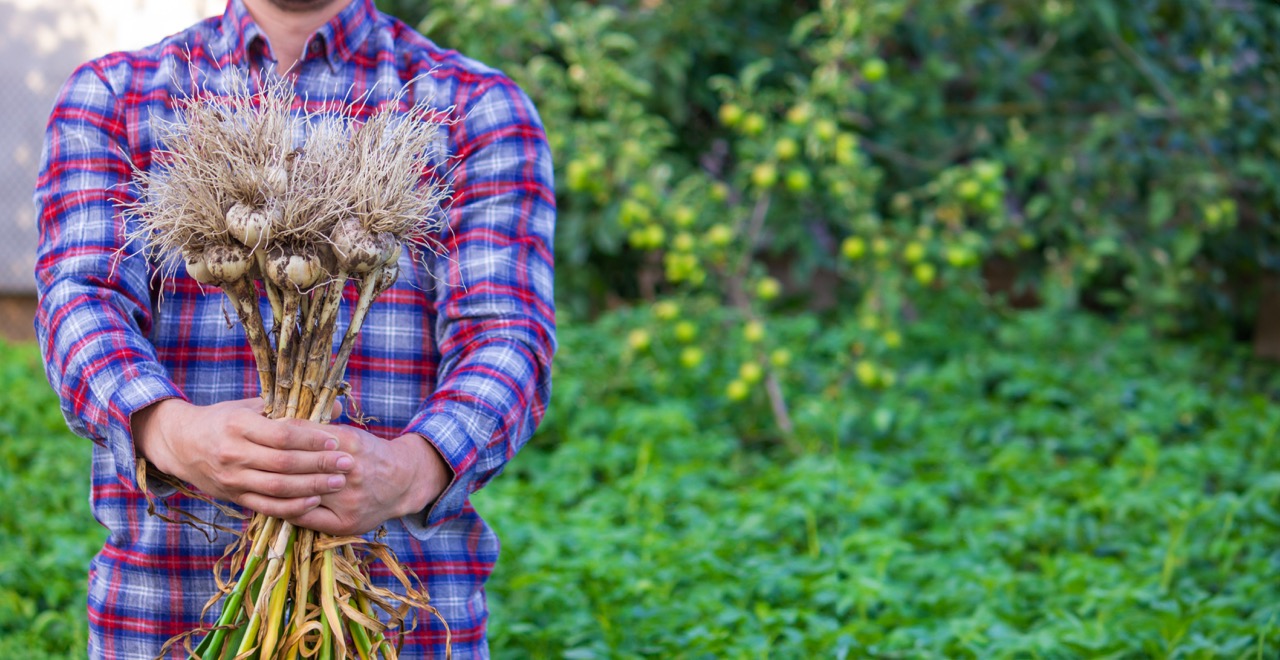Sharecropping, a system that emerged in the United States during the Reconstruction era, has evolved significantly in modern agriculture. While it was originally rooted in post-Civil War economic necessity, today’s sharecropping arrangements take on new forms and functions, reflecting changes in agricultural practices, economic climates, and social dynamics. This article explores the contemporary landscape of sharecropping, focusing on its mechanisms, financial arrangements, benefits and challenges, and its potential role in sustainable farming.
Understanding the Basics of Sharecropping Today
In contemporary agriculture, sharecropping is characterized by a contractual agreement between landowners and farmers, where the latter cultivate land owned by the former in exchange for a share of the crop produced. This arrangement allows landowners to maintain ownership while enabling farmers, who may lack capital or land of their own, to engage in agricultural production. Modern sharecropping can take various forms, from traditional cropping agreements to more complex partnerships involving advanced agricultural technologies and practices.
The dynamics of sharecropping today are often influenced by the need for sustainable practices and environmental stewardship. Landowners may seek out sharecroppers who are committed to organic farming or regenerative agriculture, allowing for a more holistic approach to land use. These arrangements can improve soil health and biodiversity while meeting the growing consumer demand for environmentally friendly products.
Additionally, modern sharecropping agreements may incorporate technology and data analytics. For instance, landowners and farmers might utilize precision agriculture tools that monitor soil health, crop yields, and market trends. This collaborative approach enhances decision-making and can lead to improved profitability for both parties, reflecting a shift from purely exploitative relationships to more equitable partnerships.
The Financial Dynamics of Modern Sharecropping Agreements
The financial structures of sharecropping have evolved, with clear terms defining the distribution of costs, risks, and profits. Modern agreements often specify the percentage of crop yield that the sharecropper will retain, which can vary widely depending on the type of crop, local market conditions, and the level of investment made by the landowner. In many cases, sharecroppers may receive 25% to 50% of the crop, with additional provisions for costs associated with planting, harvesting, and marketing.
Financial arrangements also consider input costs, such as seeds, fertilizers, and equipment. More sophisticated agreements may stipulate that landowners provide upfront capital for these inputs, which the sharecropper will repay through their share of the crop. This type of shared investment can foster a sense of partnership and align interests more closely, as both parties are incentivized to maximize productivity and reduce costs.
However, the financial dynamics are not without risks. Fluctuations in market prices, adverse weather conditions, and pest infestations can drastically affect crop yields and profits. Sharecroppers may find themselves vulnerable to these uncertainties, underscoring the importance of having clear risk-sharing agreements in place. Overall, the financial landscape of modern sharecropping requires careful negotiation and mutual understanding to ensure that both parties benefit from the arrangement.
Benefits and Challenges for Sharecroppers in Agriculture
Sharecropping offers several advantages for those who enter into these agreements, particularly for individuals who lack the resources to purchase land. It provides an entry point into farming, allowing aspiring agriculturalists to gain practical experience and build skills without the heavy financial burden of land ownership. Additionally, sharecroppers often enjoy a degree of autonomy in farming decisions, enabling them to cultivate crops in ways that align with their personal values and expertise.
Notably, modern sharecropping can increasingly focus on sustainability, allowing sharecroppers to engage in practices that prioritize ecological health and resilience. This shift not only benefits the environment but can also enhance the marketability of the crops produced, as consumers are increasingly interested in purchasing food from sustainable sources. Furthermore, successful sharecropping arrangements can lead to more stable incomes over time, especially if the sharecropper can establish a reputation for quality production.
Despite these benefits, sharecroppers face significant challenges. The financial arrangements can sometimes be skewed in favor of landowners, leading to precarious economic situations for farmers. Additionally, sharecroppers may lack access to resources such as credit, insurance, and technology, which can hinder productivity and competitiveness. The historical legacy of sharecropping also carries social stigmas, creating barriers to community support and collaborative initiatives. Addressing these challenges requires ongoing advocacy and innovative approaches to ensure equity and sustainability in modern agricultural practices.
The Future of Sharecropping in Sustainable Farming Practices
Looking ahead, sharecropping has the potential to play a transformative role in sustainable agriculture. As consumer demand for organic and sustainably sourced foods continues to rise, sharecropping arrangements can adapt to meet these needs. Landowners may increasingly seek out sharecroppers who can implement sustainable practices, creating a mutually beneficial relationship that prioritizes ecological integrity while enhancing profitability.
Moreover, the integration of technology into modern sharecropping can foster innovation and efficiency. By utilizing precision farming techniques, data analytics, and collaboration with agricultural scientists, sharecroppers can optimize their practices and improve yields while minimizing environmental impacts. This synergy between technology and sustainable practices can lead to a more resilient agricultural system that supports both farmers and landowners.
As the agricultural sector increasingly confronts challenges related to climate change, food security, and social equity, the evolution of sharecropping could provide a pathway for more inclusive and responsible farming practices. Policymakers, agricultural organizations, and stakeholders in the farming community must work together to develop frameworks that promote fair agreements and sustainable methods. By doing so, sharecropping can emerge as a vital component of a more equitable and resilient agricultural landscape.
In summary, modern sharecropping represents a dynamic and evolving facet of agriculture today. While it retains elements of its historical roots, the system is increasingly shaped by considerations of sustainability, financial equity, and technological advancement. As sharecroppers navigate the complexities of this arrangement, their experiences and innovations can offer valuable insights for the future of agriculture, driving a more sustainable and just food system for all.
